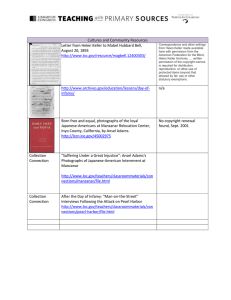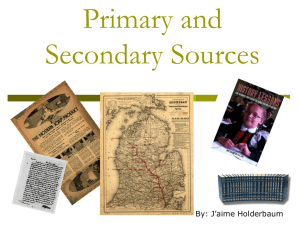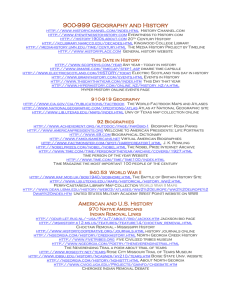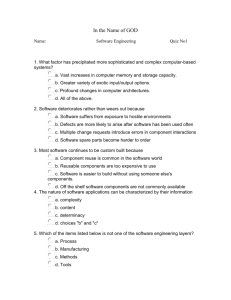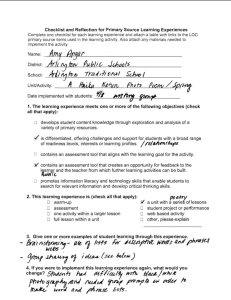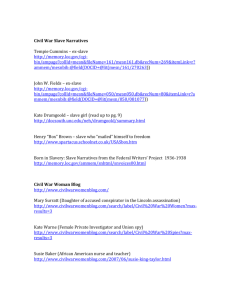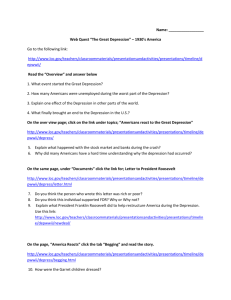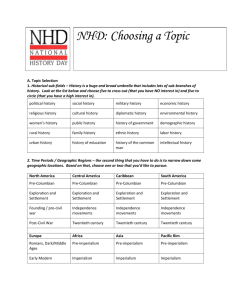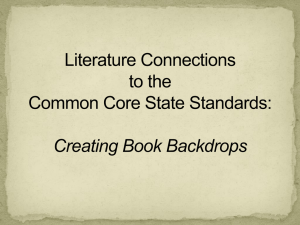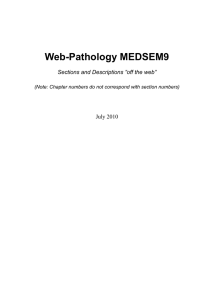Images Powerpoint
advertisement
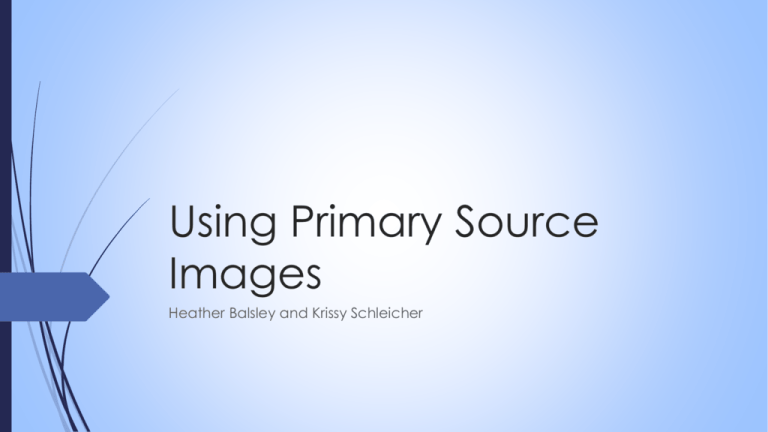
Using Primary Source Images Heather Balsley and Krissy Schleicher Why use REAL images? Studies have shown that students connect more with REAL images than they do with cartoon-y type stuff. Even very young students (pre-school and younger) still prefer real images. Images are the most accessible to ESL/ELL/SPED students. Photograph Module & Analysis Tool To access the Module, go to the Professional Development section of the Teachers’ Page. The analysis tools can be found on the “Using Primary Sources” tab. Analysis tools can be filled out online (and then emailed, printed, or saved) or printed off for students to fill out. Using as an intro / focus / notes / writing starter Use as a warm-up to start off class and get students thinking! Incorporate images into your existing sets of notes and challenge kids to go deeper with their understanding. Images are a GREAT jump-off tool for writing prompts and activities. Crop-It Tools Use these tools to help your students focus in on specific parts of an image. This forces students to think instead of trying to find the “right” answer. There are several different sets of questions – or you can make your own! Alternatives for younger students Zoom-In Small parts of the image are revealed one at a time Questions are asked as each part of the image is revealed Example – Manifest Destiny Sorting Activity Depending on the size of the class, the instructor picks primary sources from 5-6 different topics. Students sort themselves into groups – the instructor doesn’t give any feedback on what the groups are It’s always interesting to see how the students group themselves! Silent Conversation This activity requires students to analyze images AND write! Students work with a partner to analyze an image, but they cannot talk – they can only communicate by writing notes. Students must answer the questions that are provided to them. You can start off with “IDK,” but you can’t end there! Image Puzzle Very similar to Zoom-In, but set up in a slightly different way Boxes are placed on the photograph The instructor orders the boxes so that the last part of the image that is revealed is the most important/the biggest giveaway Sequencing/Timelines Students sort images into timelines or the correct sequence Can either be used as a review or as a pre-test Students must analyze the images to figure out not only what they are about, but their appropriate place in the historical context (or narrative context, etc.) Animoto This is a fun way to incorporate primary sources images and technology! Animoto is basically a jazzed-up Powerpoint – BUT the piddly stuff is taken out of the hands of the students EXAMPLE Sensory Exploration Students must pretend to be in the image and explain what they would experience with their five senses. This is a GREAT activity for younger students! This activity requires the students to immerse themselves in History and step into the shoes of a historical figure/character. Chatterpix This is a fun app that uses images as a starting point! Students come up with short speeches that a famous historical figure/character would say, then they can put those words in the mouth of the person! Example Dramatization/Tableau Students can act out what is going on in the primary source image. As a variation, students can work in groups to figure out what would have been going on in the scene right BEFORE the image was created. Then students can act out that scenario, and freeze into place when they finish on the actual scene from the image. Then and Now Use images to compare different aspects of life in History – from then and now This is a FANTASTIC way to use primary source images with very young students. Captions and Speech Bubbles Have students add captions to primary source images OR put speech bubbles next to character’s faces. This is a great way to check your students’ understanding of the image – do they really know what’s going on there? Fact or Crap After you have gone over a specific event/topic/person, pull up a primary source image of that same topic. Have the students compare the information they have learned with the primary source image – is it fact or crap? Example – Paul Revere’s engraving of the Boston Massacre Our Recommendations http://memory.loc.gov/ammem/fsachtml/fsowhome.html http://memory.loc.gov/ammem/collections/ecology/ http://memory.loc.gov/ammem/bbhtml/bbhome.html http://www.loc.gov/teachers/classroommaterials/connections/cuneiformtablets/ http://www.loc.gov/teachers/classroommaterials/connections/franceamerica/ http://www.loc.gov/teachers/classroommaterials/connections/manzanar/ http://www.loc.gov/teachers/classroommaterials/connections/panoramicphotographs/ ON YOUR OWN… Find an image on the Library of Congress website that you could use with one of the above activities. Try to find something that pertains to your content/material. Share and Wrap-Up Bridge Activities for next time: Analyzing Primary Sources: Maps (Online Module) Create either an Image Puzzle or a Zoom-In Activity Remember to keep track of all of your points (for the sessions and bridge activities) on the log!
